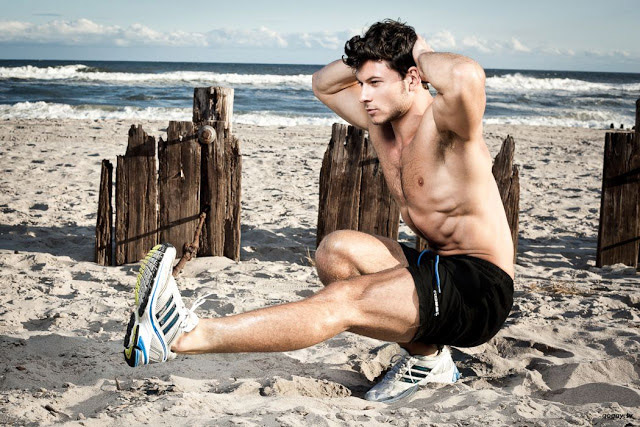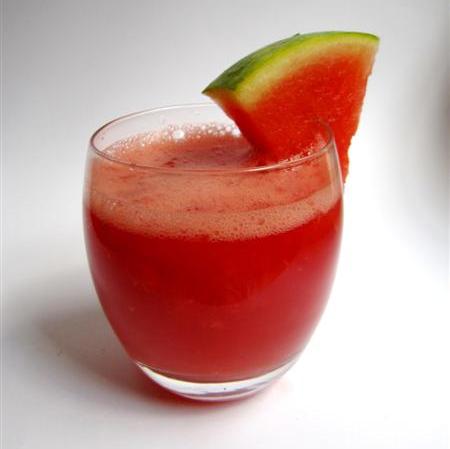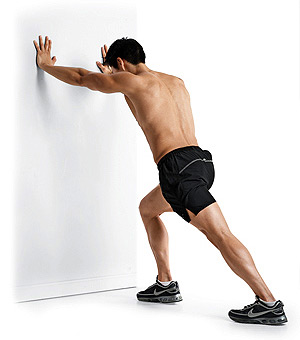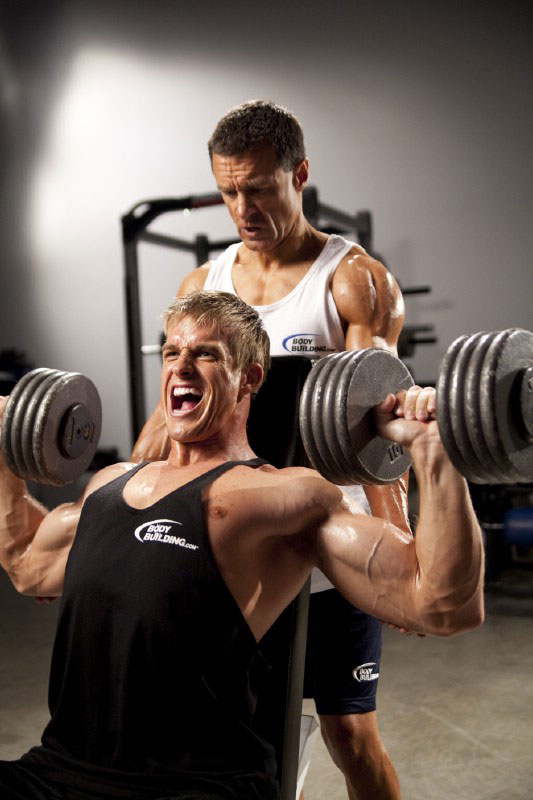Dear Davey,
After I exercise, my muscles get very sore. I understand that this can be beneficial but why is it happening?
From,
Ben
 What you’re experiencing is something called delayed onset muscle soreness (DOMS) and, as you noted, it’s actually a good thing.
What you’re experiencing is something called delayed onset muscle soreness (DOMS) and, as you noted, it’s actually a good thing.
Most often, individuals experience DOMS when trying something new. It could be a new routine, new exercise, new amount of resistance or so on. DOMS, as the name implies, occurs a day or two after the exercise. Injury-related soreness, on the other hand, occurs immediately and should be treated by a professional.
There’s still a lot that we don’t understand about DOMS. It was initially thought that DOMS was the result of lactic acid buildup from exercise. But the latest theory is that DOMS is the result of micro-tears in the muscle fibers caused by exercise. Though muscle damage sounds like a bad thing, these tiny tears are rebuilt stronger and bigger than before; this is the very process by which our muscles grow and strengthen.
Over time, DOMS can subside as your body adjusts and evolves. And it’s important to recognize that DOMS isn’t required for muscle growth and it’s not an indication of the effectiveness of an exercise routine. In other words, a lack of DOMS doesn’t mean you’re doing something wrong.
The treatments for muscle soreness are widely debated. Though stretching was once believed to prevent and alleviate soreness, recent studies are suggesting otherwise. There has been some success in alleviating soreness through massage or the use of a foam roller. Some individuals and trainers prefer active recovery. Or just plenty of rest to give your body time to recover, repair and rebuild.
Love,
Davey













